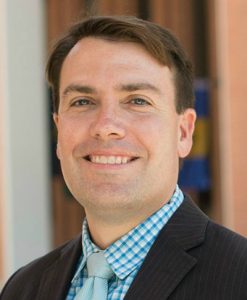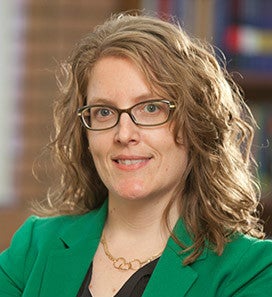Understanding the LA homeless count
 The 2017 Greater Los Angeles Homeless Count is underway in what could be a pivotal year for the community, local governments, nonprofits and researchers to address one of the most intractable causes of human suffering.
The 2017 Greater Los Angeles Homeless Count is underway in what could be a pivotal year for the community, local governments, nonprofits and researchers to address one of the most intractable causes of human suffering.
To complete this year’s count, the Los Angeles Homeless Services Authority is working with a team of USC experts who will gather and analyze the data. In addition, a USC-wide collaboration of engineers and social workers, architects and scientists, sociologists and students, will work to address the medical and mental health challenges, housing shortages, poverty and crime issues surrounding homelessness.
Last year’s count revealed that more than 46,000 individuals were homeless in Los Angeles County — a 5.7 percent increase from 2015. In response, voters in November approved a $1.2 billion bond measure, HHH, to build housing for the homeless. In March, Los Angeles County voters will be asked to support a quarter-cent sales tax that will generate $355 million a year for homeless services over the course of a decade.
Below are members of USC’s core team involved in this year’s homeless count. This is the first of two releases this week introducing USC experts focused on homelessness.
Contact: Ronald Mackovich at (213) 810-8583 or ronald.mackovich@usc.edu, or Emily Gersema at (213) 361-6730 or gersema@usc.edu
________________________________________________________
“As researchers, we have an important challenge — to move public opinion. We’ve gotten to a point where people what to do something about homelessness because it’s so visible. We need to figure out a way to make people more empathetic to others’ situations. It’s largely about poverty and stigma. Changing public opinion is an important part of the equation.”
Benjamin Henwood is an assistant professor at the USC Suzanne Dworak-Peck School of Social Work. He is an expert in mental health and housing service and co-author of the book, Housing First, which examines a paradigm-shifting approach that does not demand sobriety or treatment for permanent housing.
Contact: bhenwood@usc.edu or (213) 821‑6449
________________________________________________________
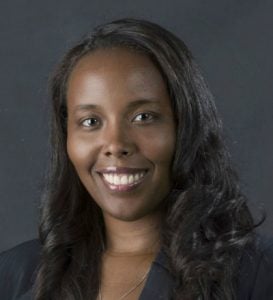 The right mix of services in the most effective and efficient way
The right mix of services in the most effective and efficient way
“We believe in evidence-based practice and policy. That means collecting and analyzing data is central to understanding how to provide the right mix of services in the most effective and efficient way. I hope that this work will help society to learn more about the homeless population, leading to better services and programs that will help to move people off the streets and end homelessness.”
Robynn Cox is an assistant professor at the USC Suzanne Dworak-Peck School of Social Work and an economist with expertise in statistical analysis and the development of population estimates.
Contact: robynnco@usc.edu or (213) 740‑4705
________________________________________________________
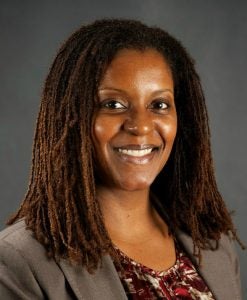 Growing old with nowhere to go
Growing old with nowhere to go
“The number of homeless older adults, 50 and over, has grown significantly. When services are cut, the safety net goes and the next step for many seniors is extreme poverty — especially in California because we have the highest rent in the country. Services for youth, families, women, older adults are all different. There are people out there who’ve lost 4,000 square foot houses. They’re employable, and their needs aren’t the same as someone who is chronically homeless. The population is heterogeneous and we want to get a sense of that so we can design those services and revise them.”
Karen Lincoln is an associate professor in the USC Suzanne Dworak-Peck School of Social Work and senior scientist at the USC Edward R. Roybal Institute on Aging.
Contact: klincoln@usc.edu or (213) 740‑5733
________________________________________________________
“For those of us who work in data analysis, it’s sometimes too easy to reduce the human experience down to numbers. I think about the human connection. I think the best way to meet the needs of homeless people is to get out there and ask them. Our survey will provide insight into the services they’re using and the barriers they face. We need to better understand the homeless experience. It’s such a large social issue. All of us at USC and LAHSA are working around the clock, trying to improve services and programs and better inform the strategies to reduce the homeless population.”
Jennifer Ailshire is an assistant professor at the USC Leonard School of Gerontology, and an expert in developing population estimates using survey and GIS models.
Contact: ailshire@usc.edu or (213) 740‑1707
________________________________________________________
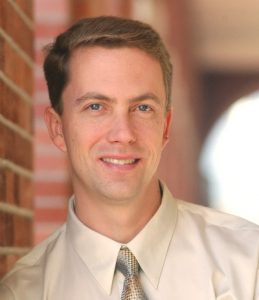 The effect of homelessness on children
The effect of homelessness on children
“What we have seen in data is that homelessness has become much more of a family issue than in previous epochs. We hope to examine youth homelessness based on school data to understand the scope of the problem and how it affects children’s outcomes. The impact of housing insecurity is felt in all of our systems and affects our efforts.”
Gary Painter is Director of Social Policy, USC Sol Price Center for Social Innovation. Professor Painter’s research interests focus on social innovation, housing, urban economics, and education policy.
Contact: gpainter@usc.edu or (213) 740‑8754

